Mama's Musings
Chess: Strategy, Focus, and Fun
Chess is more than just a game; it's a centuries-old strategic challenge that has captivated minds across the globe. While it is often associated with grandmasters and intense competitions, chess is also an excellent activity for children. It can help them develop critical life skills, improve academic performance, and enhance personal growth. Even though I've never mastered more than the most basic moves myself, it's something - like music, art, drama, and sport - that I've encouraged my children to learn.

Some benefits of playing chess for children:
Citizen Science: A Hands-On Approach to Learning
By integrating citizen science into your lives, you'll not only nurture a passion for learning but also contribute to vital research that benefits us all. Happy exploring!
As home educating and unschooling families, we have the unique opportunity to create a rich, diverse learning environment that goes beyond textbooks. One fantastic way to make learning engaging and meaningful is through citizen science. This collaborative approach allows everyday people, including homeschoolers, to contribute to real scientific research. It's a hands-on way to learn about the natural world, develop critical thinking skills, and participate in a community that values curiosity and discovery.
Citizen science involves public participation in scientific research. From collecting data on local wildlife to analyzing climate change trends, citizen scientists help professional researchers gather valuable information. This collaborative effort enhances scientific knowledge and often leads to meaningful envi...
Noongar Seasons
This is a great Twinkl resource looking at Noongar seasons. We're heading to WA soon, and I always like to know about the First Nations people of places I visit, so I found this to share with Zeah.

The resources explore the Noongar seasons and how they relate to the months of the year. The pack includes a PowerPoint, poster and worksheet.
There are other Noongar resources on Twinkl and online in other spaces, and loads of wonderful First Nations resources to share with children to learn about the place we live in, and the places we visit.
Homeschool Haiku
Haiku's keep appearing in our lives ... so we've been writing our own at home. Here's one I wrote about homeschooling. Maybe you'd like to write some of your own?
Laughter in the air,
Knowledge blooms with each sunrise,
Homeschooling joy thrives.
A Money Test?
We've been playing with plastic money for a couple of years now, and I wondered how Zeah would respond to the type of money questions she'd experience in a typical school classroom.

I printed quite a few pages from this booklet from Twinkl, and she was really keen to give them a go! She blitzed the ones she did, and put some others on her desk to tackle another day.

I love seeing the leaps in knowledge from learning naturally and through play, and homeschooled kids often love to 'test' that knowledge and know that they can do 'schoolwork' with ease.
Hands On STEM
We're getting a bit tired of vinegar and bicarb variations lately! With a KiwiCo kit we did a lot of new experiments with citric acid and a couple of other kitchen ingredients recently. Then I looked on Twinkl last week and found this experiment we had never tried before.
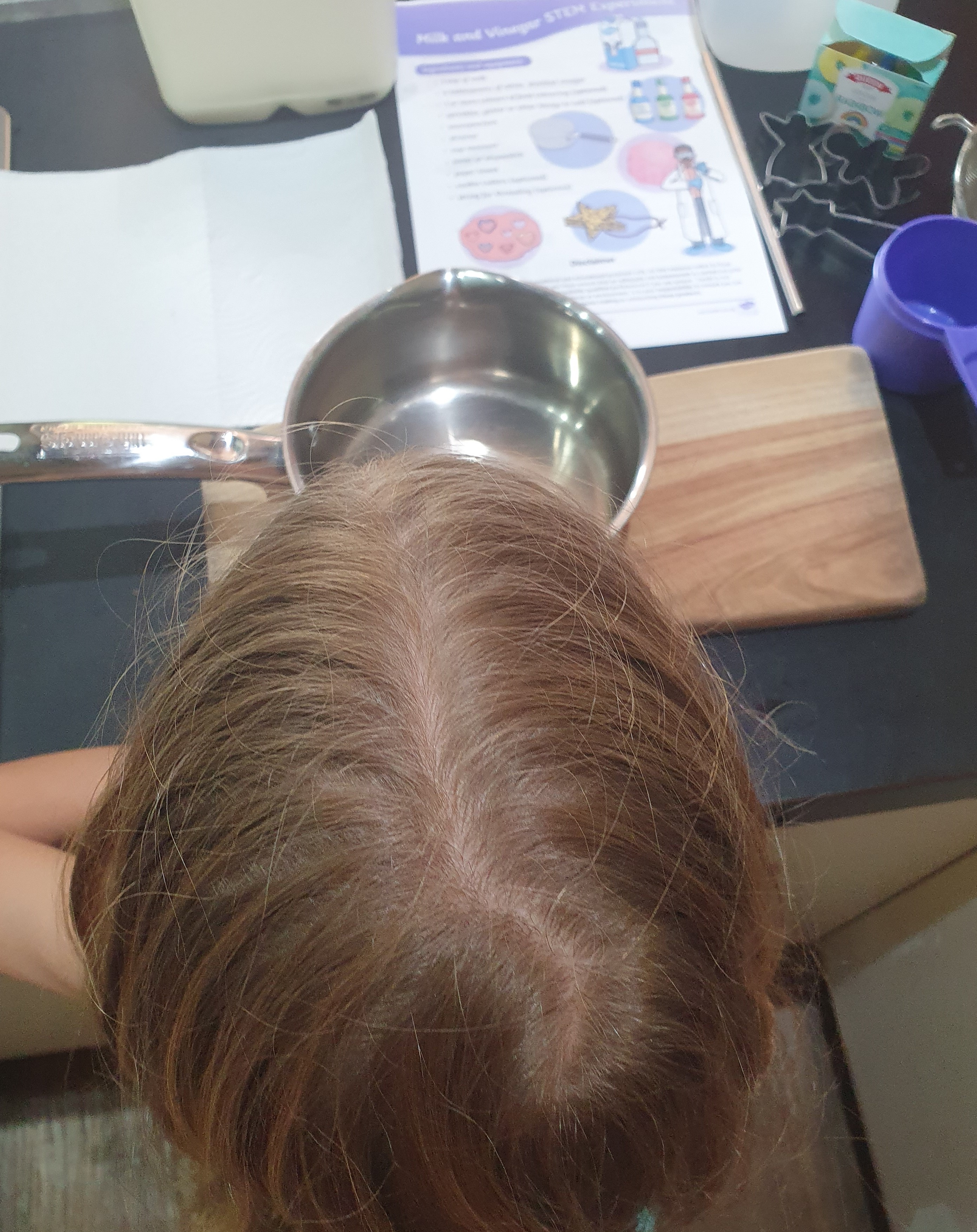
We used milk and vinegar to make 'plastic'. It's actually curds, like cheese! But we chatted about casein and molecule chains and squished our meagre curds (we expected more from 1 cup milk - maybe it was our milk?) into a modelling substance that Zeah coloured yellow and added glitter to (now it looks like rubbery, sparkly cheese!) She cut an angel and made a bead and they're drying on the kitchen bench. I feel like we might attract bugs?
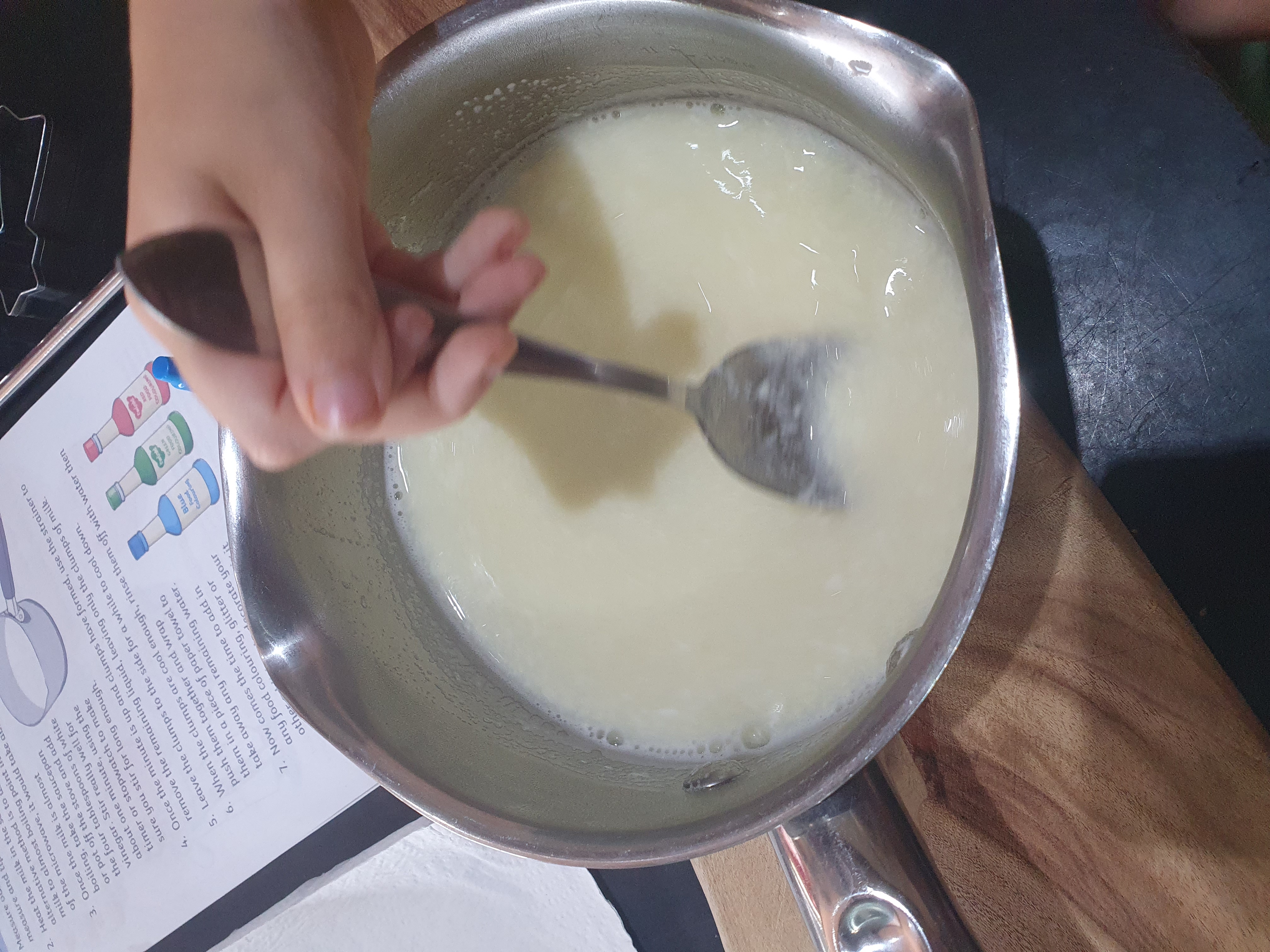
The whole process was interesting and took a bit more skill and patience than our usual mix-and-watch experiments, so I'll be looking for more to do with kitchen ingredients in the coming weeks.
Check out the instructions for this one here.
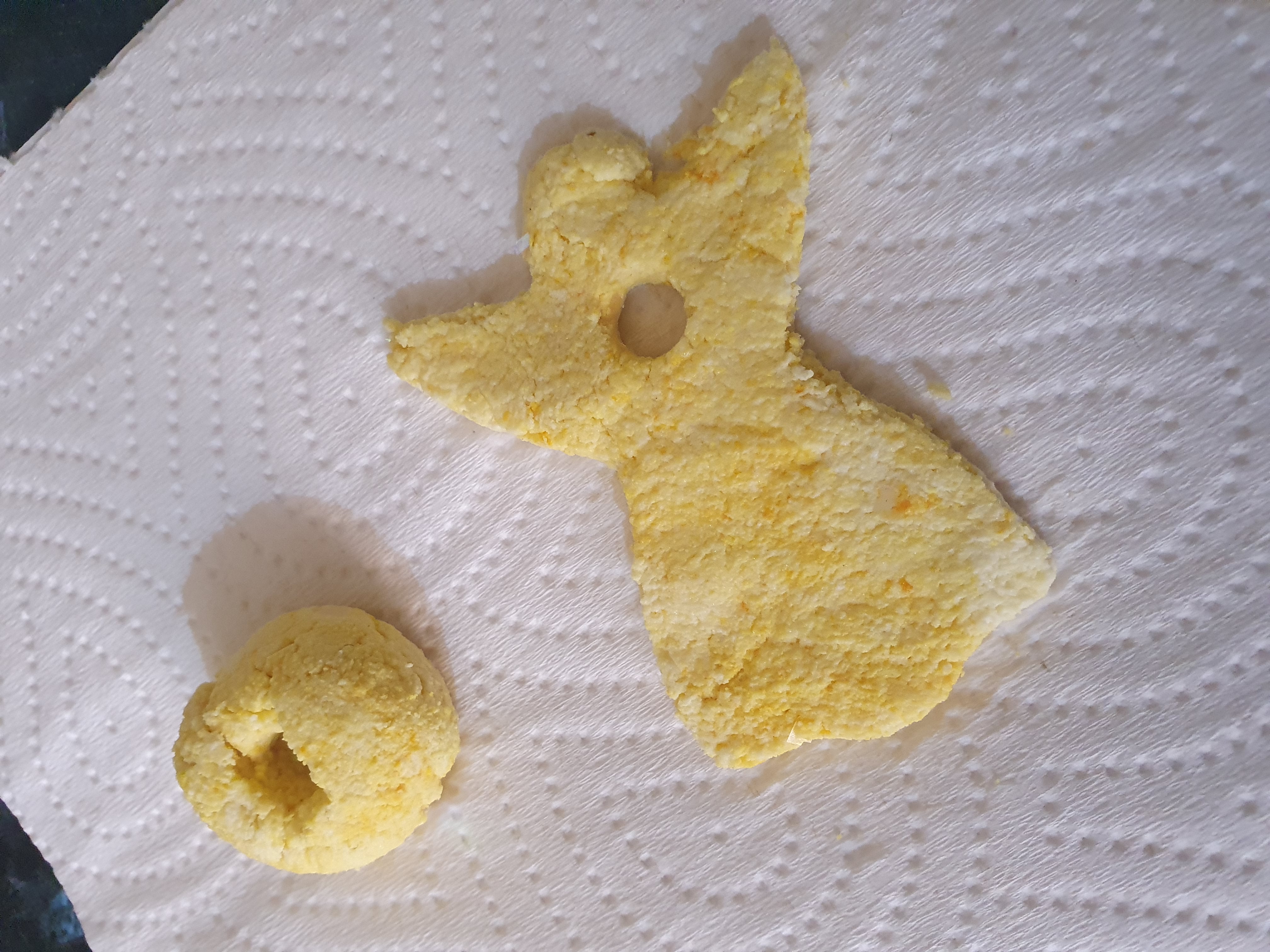
Wet Weather Fun for Kids!
This post is an article originally published in What's On Tablelands magazine in 2021. It refers to places on the Atherton Tablelands, but it also has many general ideas for what do to when the rain doesn't stop. Because we've had over 3 metres of rain this year, and it hasn't stopped yet, I decided to publish this for families like ours who have had many more wet weeks than dry ones!
GOING OUT
Go outside into the rain and mud. Have a plan to clean the kids up (or strip them off) and transfer them to the bath/shower, and then have a towel and warm clothes waiting! Depends where you are, the temperature, and how old the kids are, a run in the rain can be done in undies or togs, or wearing a raincoat and gumboots. Whatever they wear, make sure it’s okay for them to get wet & muddy. This approach is messy, but worth it!
Wet weather outings – wear appropriate clothes and shoes and head outdoors to experience nature. There are raging rivers & waterfalls, fascinating fungi, tadpoles, fr...
Simple Tie Dye
We had some lumpy fabric paint to use up, so I mixed it with water to tie dye shirts... The kids simply twisted and wrapped with rubber bands, sploshed the watery paint on, worked it in, unravelled the bands, set the shirts in the sun to dry, I ironed them to set paint, rinsed them with water and vinegar, then washed as normal. They are soft like dyed shirts (not stiff), and each one was different. Quick results, but a pretty messy activity!



Nature Walks
Nature walks for homeschooled children can be a valuable and enriching educational experience. They are one of our favourite things to do as a family! These walks can serve as a hands-on, outdoor extension of their curriculum and offer a wide range of benefits for their learning and development. Here are some considerations for nature walks specifically designed for homeschooled children...
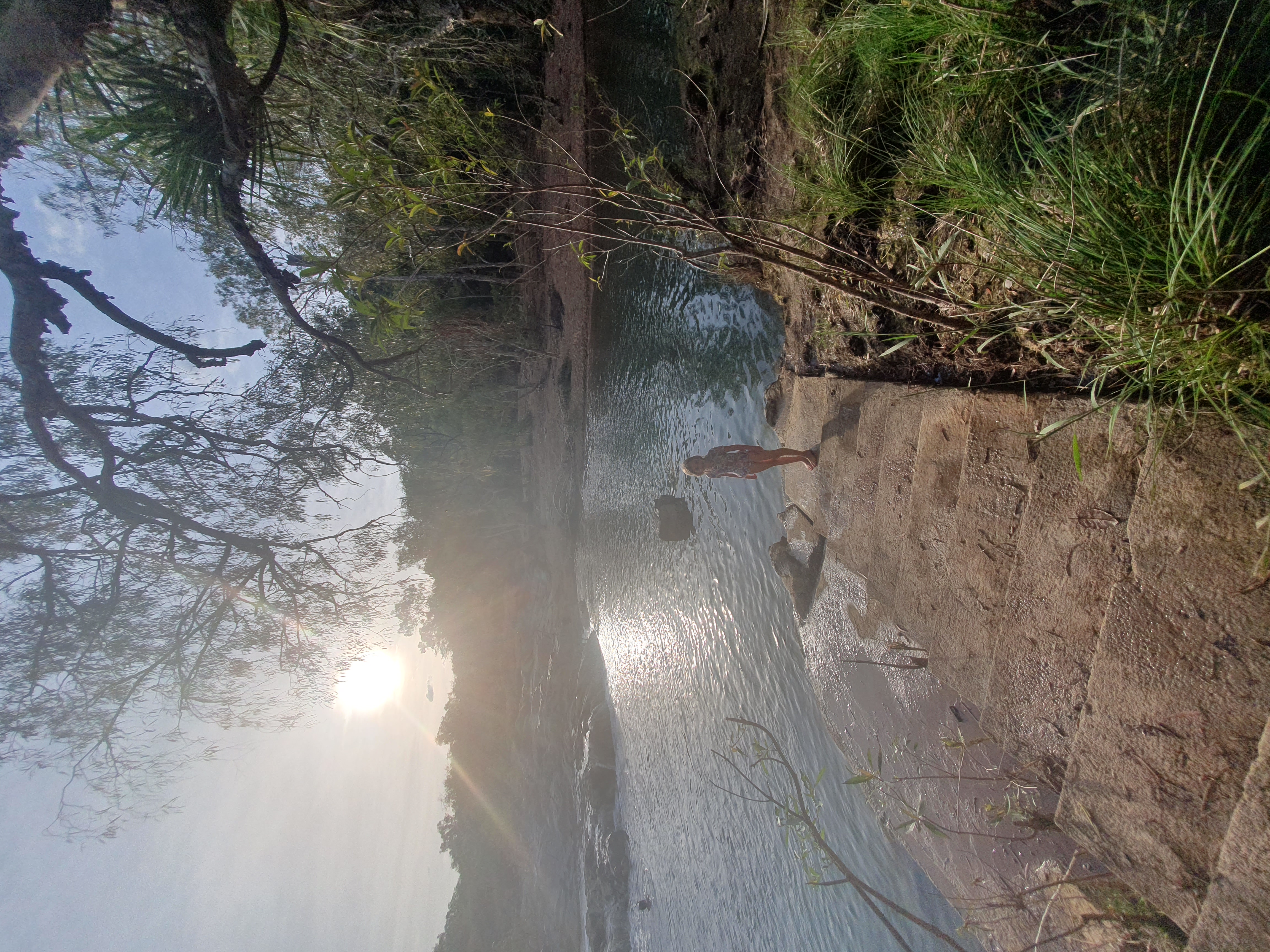
Learning Opportunities: Nature walks can be integrated into various subjects, such as biology, ecology, botany, geology, and environmental science. Parents or educators can use these walks to teach children about the natural world, including identifying plants, animals, rocks, and more.
Hands-On Science: Nature walks provide an excellent opportunity for children to engage in hands-on scientific exploration. They can collect specimens, observe wildlife behavior, and conduct simple experiments related to their surroundings.
Nature Journals: Encourage children to keep nature journals during thei...
Managing Eco Anxiety in Children
Originally appeared in the August 2023 issue of What's On Magazine
As the world becomes more aware of the impacts of climate change and environmental degradation, a new phenomenon is emerging: eco-anxiety. This term describes the feeling of anxiety, fear, and despair that can arise in response to any environmental crisis. Unfortunately, it's not just adults who are experiencing it - children are also feeling the effects of eco-anxiety.
It's understandable why children might be feeling anxious about the state of the environment. They see images of natural disasters, hear stories about species going extinct, and are told that the planet is in trouble. It's a lot for them to take in, and it can be overwhelming.
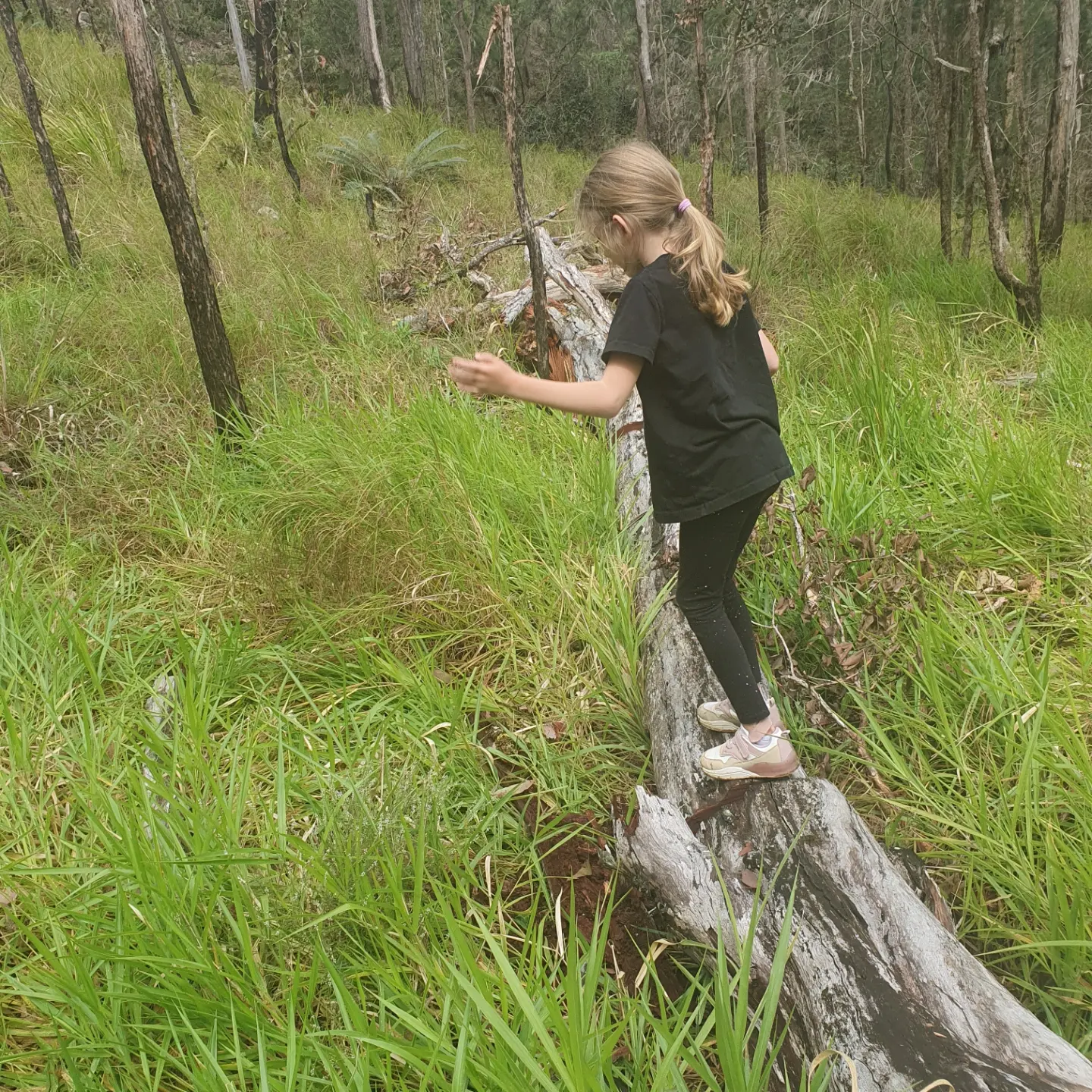
So, what can parents, carers, and educators do to help children cope with eco-anxiety?
Listen: Listen to children’s’ concerns. Let them express their feelings, and then validate their emotions. Don't dismiss their worries or tell them that they're overreacting. Instead, ackno...




